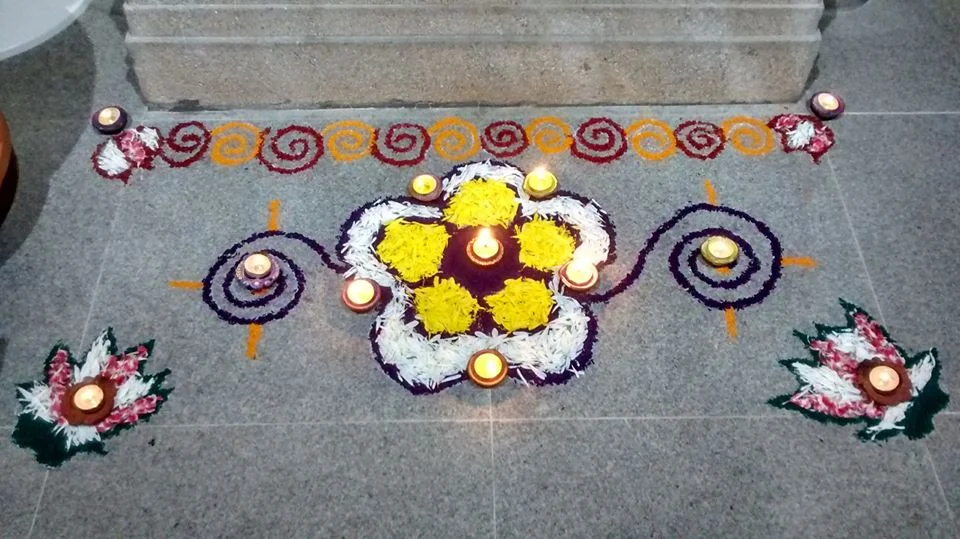Harvesting Seeds of Hope
Changing the World Through Social Media
by Sari Heidenreich
“But people just use it to post pictures of their breakfast.”
That’s a complaint I’ve heard over and over again about social media – that it has made us self-absorbed and selfish, that it has made us feel we have to create a picture-perfect life and put it on display for the world to see.
Introducing#TangibleHope.
But when we’re talking about interfaith organizing, social media is so much more. On social media, we can tell stories that leap off of the screen and into people’s hearts, stories that build empathy and that bring hope when we’re discouraged.
So often, social media is used to share angry rants or links to videos and articles that make you afraid. But those of us in the interfaith movement know a different reality. We know there are more reasons to be hopeful than there are to be afraid, because we see it everyday.
And we need to take these stories to people where they are – on social media.
This is the inspiration behind the #TangibleHope campaign, a project committed to sharing stories of hope to counter the hate and fear present within our communities. This campaign amplifies stories that give us hope as the world faces challenges that might feel insurmountable. URI North America and 13 partner organizations are working together to wave the interfaith banner, proudly saying, “Guess what? We can work together!
Critics of online activism say that it doesn’t translate into action within our physical communities. But take a look at the Black Lives Matter or Bring Back our Girls movements. The reality is that social media doesn’t just stay online. At its best, social media is a partner to a “real life” movement – and we have that in the interfaith movement. Sharing the stories of hope that happen in our communities, in ways that are engaging and compelling, has the ability to build the movement. If you or your organization would like to join the #TangibleHope campaign, click here. Join us by sharing a story of hope and adding the hashtag #TangibleHope.
And for the many who aren’t yet ready to take the leap and get involved with a local organizations that brings people together across lines of difference, at the very least we’ve introduced them to a well of hope. Honestly, I don’t think hope is an “at least.”
Hope is powerful. When I have hope, it changes the way I look at the world. It changes the level of patience I have with the slow grocery store clerk or my willingness to engage in conversation with someone that media mugshots and stereotypes might have made me afraid of.
Hope shows me that so much of what I want for the world is already here, it just needs to grow. In the words of Bryan Stevenson, “Hope is what will make you stand when everyone else is sitting. Hope is what will make you speak when everyone else is silent.”
If you are interested in learning more about how to use social media to build a movement, the “Social Media for Movement Building Resource Guide” produced by URI North America, is a good place to start. You can also watch a webinar on the subject with Michelly Reyf of Groundswell, Reed Price of the Charter for Compassion, and Tim Brauhn of ING and the Shoulder-to-Shoulder Campaign.


